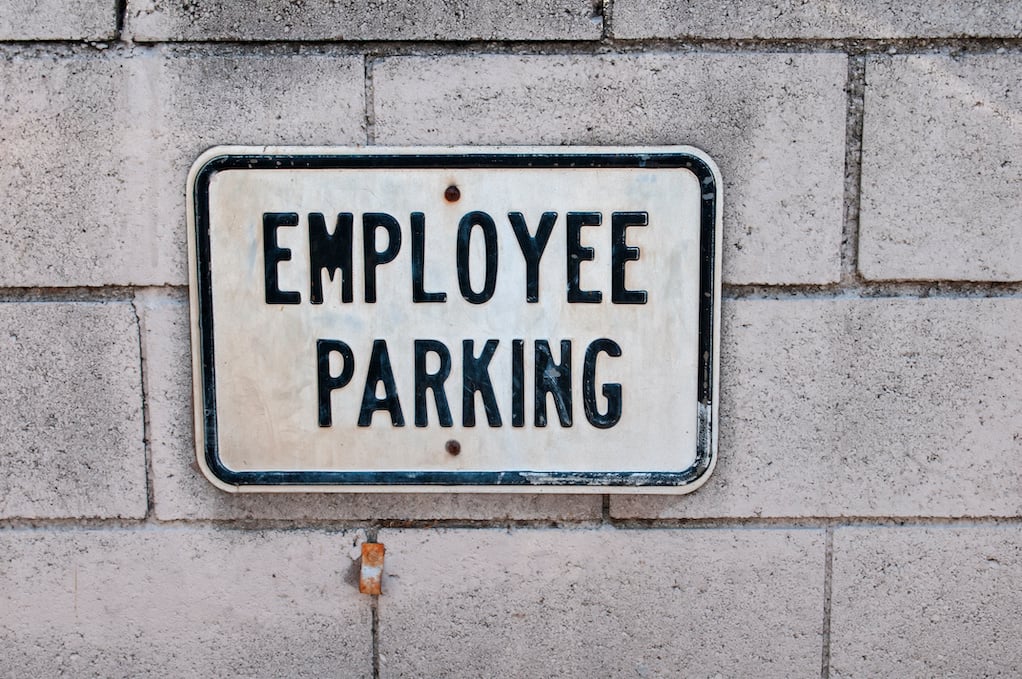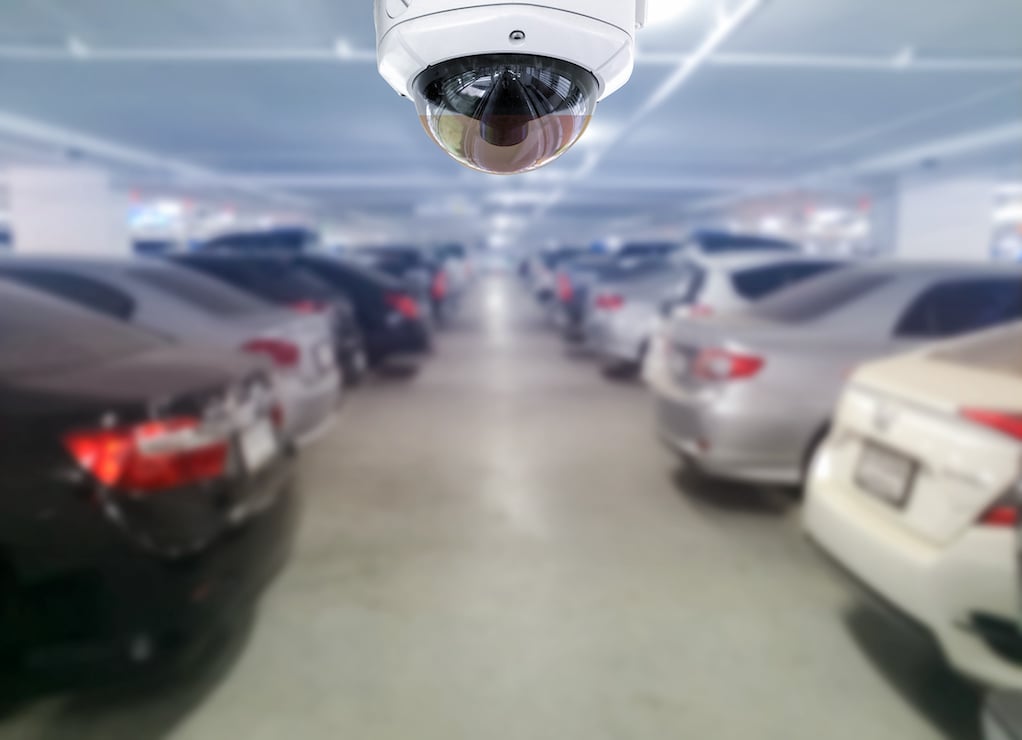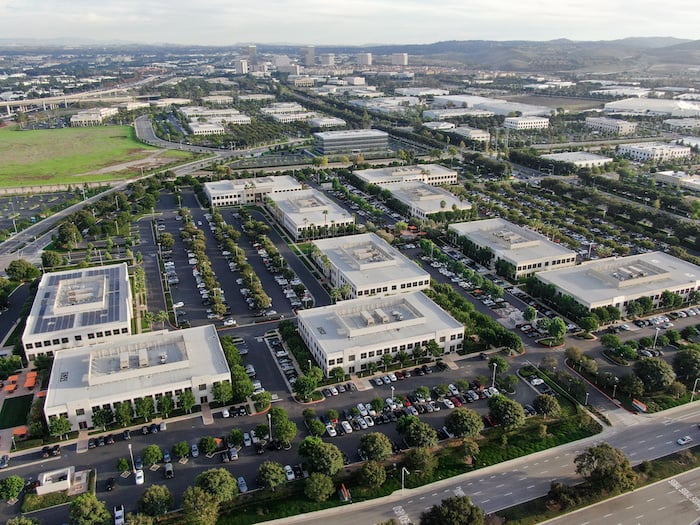There you are. It’s 9:05 AM and you’re running late to work because you had to spend 15 minutes looking for parking. Even worse, you’re sweating and disheveled because you had to walk a quarter mile from your car to the office! And you have to move your car during your precious lunch hour or risk getting a ticket.
Who needs all that??
When managing your commercial real estate, you must ensure that the environment you maintain is people-friendly. One of the critical aspects involved is the parking ratio...because the last thing your team needs to worry about after a long commute is parking.
As Tenant Reps, we have seen how essential parking ratios are to consolidating the perfect commercial space. Too few and everyone will be unhappy to race to work only for a spot. Too many, and you're paying for wasted space.
So, to prepare you to create the best environment possible for your CRE read on. We will discuss:
2. What Defines Parking Ratios
3. How to Find the Right Parking Ratio
What is a Parking Ratio
The parking ratio metric looks at the relationship between a building's size and the number of parking spaces in its lot, ramp, or garage.

Your office can only hold as many people as can get there. With over 75% of employees preferring personal transportation, it's more accurate to say that your office can only hold as many people as can drive and park there. Accordingly, your building's parking ratio greatly impacts how well you can accommodate your workforce.
How difficult do you want it to be for your employees who drive to find a spot? If your property is not easily accessible, your employees and clients will go elsewhere.
How to Calculate Parking Ratios
A higher parking ratio means more spaces per square foot, so it should be easier to find a spot. A lower parking ratio means the opposite.
|
Find your parking ratio by dividing the number of spaces by the building's square footage (in thousands). |
For instance, take a 40,000-square-foot building with a 200-space parking lot. Divide 200 (spaces) by 40 (thousand square feet) to find a parking ratio of 5 spaces per 1,000 square feet. This works out to be equivalent to one parking space per 200 square feet of office space.
So, if you need 200 square feet per person, that would be a parking ratio of 5 cars per thousand square feet of office space. On the other hand, if you want 250 square feet per person of office space, then you only need a parking ratio of four cars per thousand. (This is the term of art used by real estate professionals.)
When you have a parking ratio, you can easily compare lot sizes between differently sized buildings. For example, a 50,000-square-foot building with 210 spaces effectively has a smaller lot than the building in the model above since the 4.2/1000 ratio means less space than the 5/1000 ratio in the first building.
Often there is an inverse relationship. Likely, the more space you have, the lower the parking ratio. Parking ratios are only one aspect of finding the right office space, learn the rest now.
What Defines Parking Ratios
While calculating the parking ratio is simple fourth-grade math, three different factors go into determining what a building's ratio should be.
Use
Different types of buildings require different parking levels. For example, a restaurant with tightly packed tables needs more parking than a warehouse with many boxes and very few people. Offices tend to fall in the middle of industrial and dense retail uses.
For instance, with office buildings, a parking ratio of around five spaces per thousand square feet is required. Whatever you do, avoid providing too few spaces. This will leave your commercial space "under-parked" to a certain extent.
Location
The next thing you need to consider is the location of your property. If your office is in a downtown area with good public transportation, you will have fewer spots. City planners want to encourage mass transit. As such, they map out city geography to discourage personal transportation.
You have to face the market reality of your geography. It will be nearly impossible to find a commercial property in a city that offers abundant parking (for a reasonable price).
You must consider the value of the land. What would one acre of NYC cost compared to one acre in a suburb? Land is exponentially more expensive in cities. That is why we see skyscrapers.
|
The more vertical the business district, the less parking available. |
On the other hand, tenants will demand ample parking if you are in a driver-heavy region (like many suburbs). Similarly, the importance of parking is heightened when you are in an area with poor public transportation options. As a result, parking ratios in urban areas tend to be lower than those in suburban locations.
For example, a central business district could have a parking ratio of as little as one car per thousand, but a suburban office park may require six or more.
Local Regulations
Similarly, local municipalities and what they consider standard will likely affect your parking ratio.

Most building and zoning codes specify parking ratios. So before a developer can build a building, they have to submit plans that describe the size of the building and of its parking lot. The property can't be built if the two do not align with local regulations.
You also must consider your region's parking minimums. Parking minimums are the number of parking spaces a building must have according to city code.
How to Find the Right Parking Ratio
For office space, you'll hear a rule of thumb that a ration of five spaces per 1,000 square feet is about right, with applications like medical offices and call centers requiring more parking. However, the actual "right" number varies greatly depending on two factors.
How Many Employees You Accommodate
First, figure out how many people you will squeeze into your space. If you are building a dense office with a smaller square footage per employee, you will need more parking.
Reserved spaces, outside parking facilities, and the like can help make a more tightly parked building work for you. Similarly, you must consider what the peak demand is. How many people are trying to park at once during the busiest time of day?
Be sure to take into account your employees' safety as well. Is the parking environment somewhere you would feel comfortable? No one should reconsider coming to the office because of personal safety or wellness concerns.

Similarly, you should also be including handicap spots.
How Your Employees Commute
Next, figure out how your employees get to work. If your CRE is in Manhattan, it's likely that many of your workers will take public transit to work, and you won't need that much parking. By contrast, in suburban Atlanta, though, it's conceivable that almost everyone will drive.
If your workforce skews towards Millennial and Generation Z workers, you might see more people walking, biking, or ride-sharing to work. What about electric vehicles? You should be accounting for EVs that may need chargers. Understanding your workforce's commute patterns -- and projecting what they will be in the future -- can help you choose the right building.
What's the Right Parking Ratio for Your Business?
The right parking ratio is important, but it's just one part of the puzzle when you're looking for commercial real estate. With a little research, you can find the perfect property for your business. Parking ratios are important because they give you a sense of how easy or difficult it will be to find a parking spot at a particular location.
Local regulations, the number of employees you accommodate, and how your employees commute are all important factors to consider when choosing the proper parking ratio for your business.
If you need help managing these factors, you can work with a tenant rep. Tenant Reps are commercial real estate experts who help businesses find, lease, and secure the best properties and terms.
They'll consider your business's needs and help you find a property with the right parking ratio for your business. Parking ratios are critical so you don't have to figure out the perfect number on your own. With a Tenant Rep by your side, you will save money and time when managing your CRE responsibilities (and save you from the dreaded "can't find a spot" dilemma.)
What else do you need to find the perfect office space? There are almost innumerable factors to consider besides parking. Luckily you can learn how to save time and money (without leaving anything to chance) to conduct a successful, efficient office space search by enrolling in the free course below.








